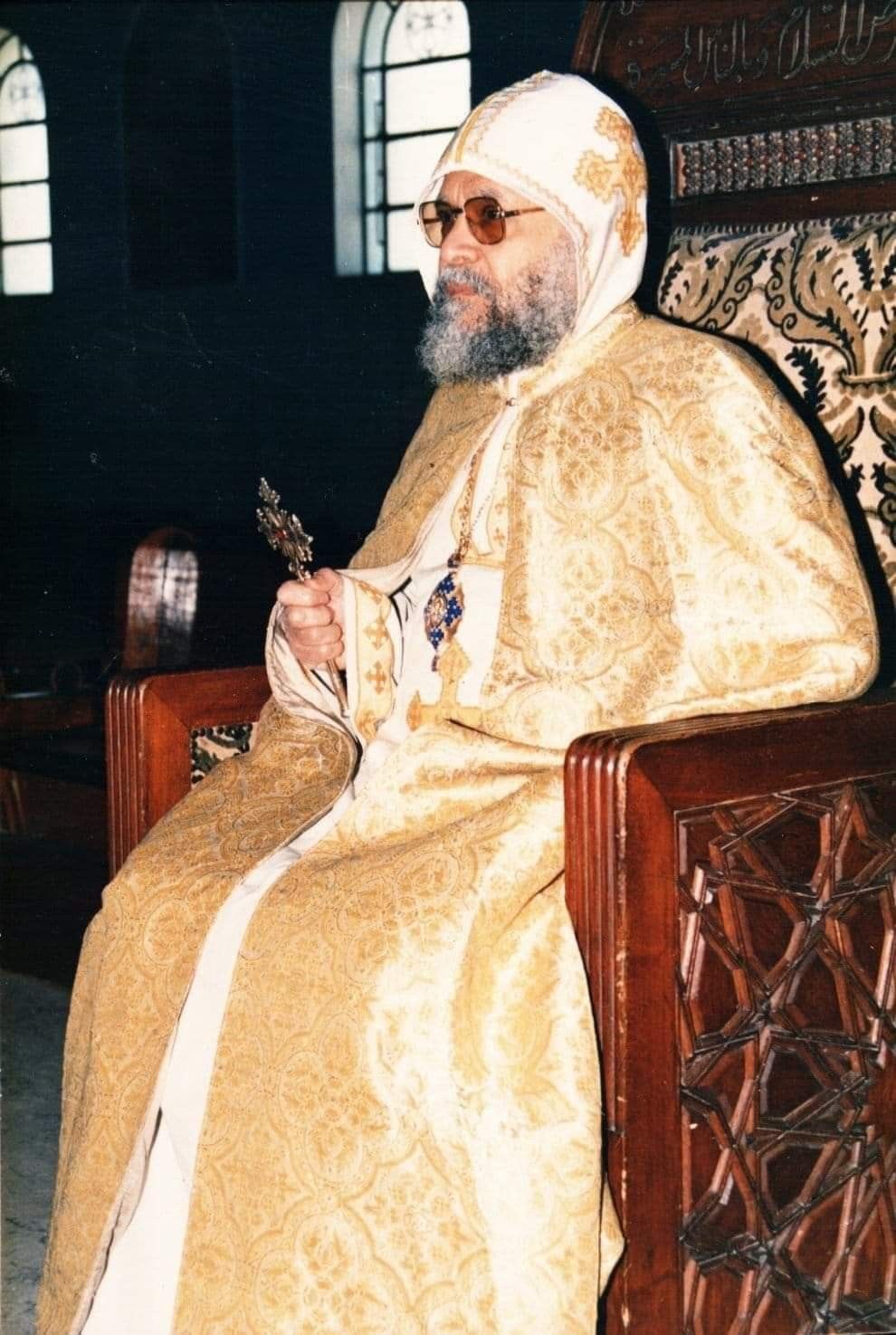The Coptic Orthodox Church, a poignant remnant of early Christianity, stands as a testament to the resilience and faith of Egyptian Christians. This ancient church, which traces its origins back to Saint Mark the Evangelist in the first century, has cultivated a rich tapestry of religious practices, traditions, and theological tenets. One may ponder, why are there distinct expressions of Christianity across the globe, particularly when they all unequivocally acknowledge Jesus Christ as their Savior? The Coptic Orthodox Church not only answers this question but invites intriguing discourse on the intersections of culture, tradition, and faith.
At its core, the Coptic Orthodox Church epitomizes the integration of faith and cultural identity. The term “Coptic” is derived from the Greek “Aigyptos,” which reflects the church’s strong connection to the Egyptian heritage. Copts, who are the native Christians of Egypt, represent a mosaic of traditions that blend Hellenistic, Pharaonic, and Christian elements into a singularly unique expression of worship. This cultural syncretism is integral to understanding the faith and its practices.
In the context of worship, the Coptic Orthodox Church is characterized by its intricate liturgy, primarily conducted in the Coptic language, a direct descendant of ancient Egyptian. The divine liturgies are deliberate and often lengthy, designed to immerse congregants in the worship experience. The involvement of the laity, through hymns, prayers, and the sacrament of the Eucharist, showcases a communal aspect that transcends mere attendance; it becomes a participatory act of divine devotion.
Moreover, the church’s adherence to the sacraments plays a pivotal role in the spiritual lives of its adherents. The Coptic Orthodox Church recognizes seven sacraments: Baptism, Confirmation, Eucharist, Penance, Unction of the Sick, Matrimony, and Holy Orders. Each sacrament functions as a conduit of grace, providing the faithful with spiritual nourishment and a means to engage with the divine. This theological perspective underscores the belief in a tangible connection between the divine and human experiences.
Interestingly, Coptic doctrine is marked by its Christology, which diverges from that of mainstream Christianity. The Council of Chalcedon in 451 AD solidified these theological divergences, primarily concerning the nature of Christ. The Coptic Orthodox Church embraces Miaphysitism, which posits that in the singular nature of Christ are both divine and human elements unified without separation. This understanding invites an enriching dialogue on the nature of God and the role of Christ’s humanity in the salvation of humankind.
As one delves deeper into the Coptic faith, the veneration of saints emerges as a cornerstone of spiritual life. Saints are regarded not merely as historical figures but as intercessors who facilitate a direct connection to God. The life of Saint Anthony, the father of monasticism, exemplifies the Coptic spiritual journey, showcasing a narrative that intertwines ascetic living with profound theological insight. This tradition of saint veneration underscores an essential aspect of the Coptic Orthodox faith: the belief in the “communion of saints,” where the living seek the intercession of the departed to enhance their spiritual journeys.
In addition to its rich theological heritage, the Coptic Orthodox Church possesses a vibrant artistic legacy. Coptic art is characterized by its unique iconography, which employs symbolic imagery to convey theological truths. Icons, with their vivid colors and intricate designs, serve not only as decorative pieces but as windows into the divine realm. They invite viewers to contemplate the mysteries of faith, urging a deeper, more personal connection with the sacred.
Nevertheless, the Coptic Orthodox Church also faces contemporary challenges, particularly in the sphere of religious persecution. The reality of violence against Christians within Egypt, and often throughout the Middle East, poses fundamental questions about faith, resilience, and the witness of Christ in times of adversity. How should the church respond to such challenges? This question lingers profoundly within the hearts of many Copts, prompting them to seek solace in ecclesiastical unity and fervent prayer amidst trials.
Furthermore, the diaspora community of Copts around the world has extended the reach of the church beyond the borders of Egypt. The migration of Copts, particularly in the latter half of the twentieth century, has facilitated the establishment of Coptic communities globally. These communities create a space for preserving traditions while engaging with an ever-changing contemporary world. The juxtaposition of ancient practices with modernity invites an ongoing dialogue about cultural preservation, identity, and the future of Coptic Christianity.
Ultimately, the Coptic Orthodox Church presents a rich tableau of belief, identity, and resilience. It embodies a profound exploration of what it means to navigate the complexities of faith within diverse cultural contexts. Copts remain committed to the tenets of their faith, seeking to embody the teachings of Christ while engaging with the world around them. This symbiotic relationship between faith and culture fosters an understanding that is not only unique to the Copts but is also a vital expression of Christianity as a whole.
In conclusion, the Coptic Orthodox Church stands as a beacon of ancient tradition amidst the tumult of modernity. Its profound theological insights, rich liturgical practices, and intricate artistry serve to enhance the Christian narrative, not only for Copts but for the global Christian community. Engaging with this faith invites deeper reflection on the universal essence of Christianity while recognizing the beautiful diversity that exists within the body of Christ.



